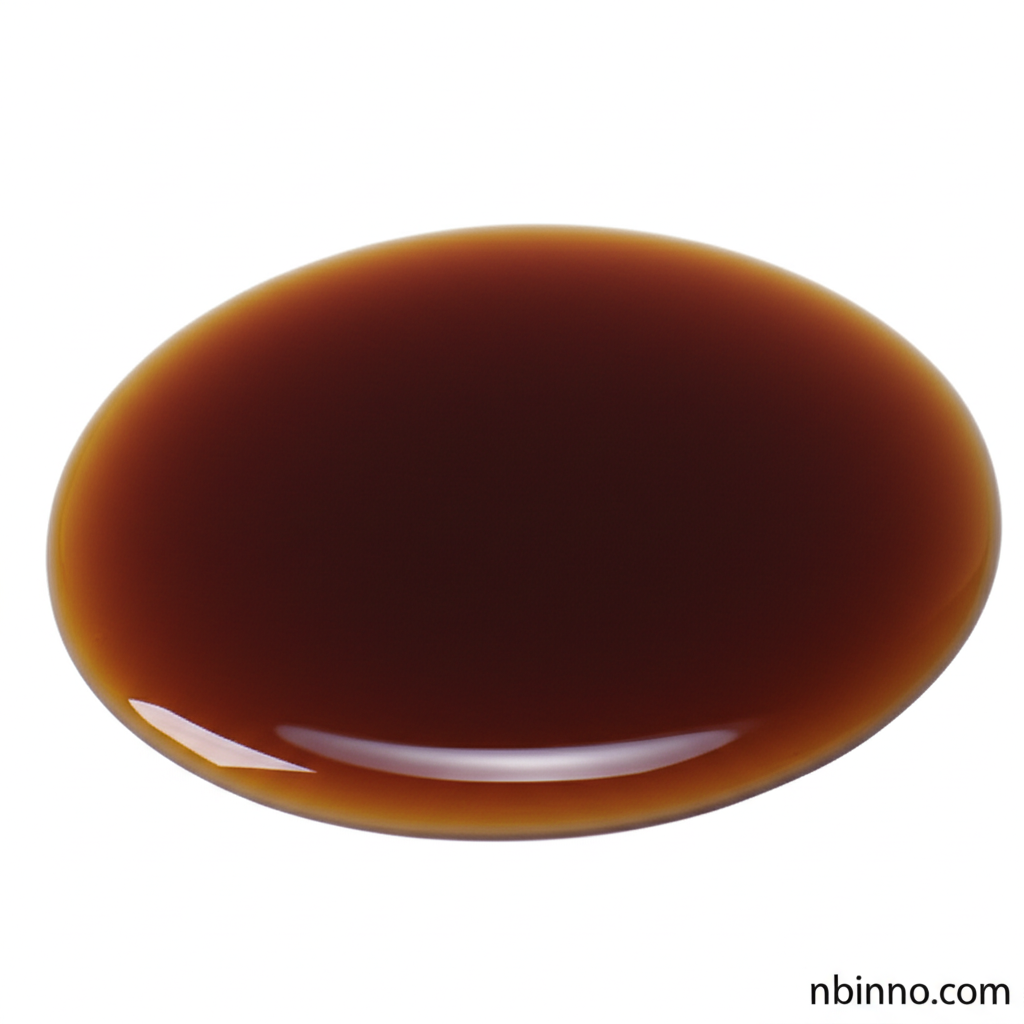Understanding Phase-Transfer Catalytic Synthesis of Fullerenol
Optimizing Fullerene Hydroxylation and Mitigating Contamination in Chemical Synthesis.
Get a Quote & SampleProduct Core Value

Tetrabutylammonium Hydroxide
This article delves into the intricacies of producing fullerenol via phase-transfer catalysis using Tetrabutylammonium Hydroxide (TBAH). It provides crucial insights into optimizing the phase-transfer catalytic synthesis of fullerenol by carefully controlling the concentrations of TBAH and sodium hydroxide.
- Study the optimal TBAH concentration for fullerenol synthesis to achieve the highest hydroxylation levels and yields.
- Analyze the effect of NaOH concentration on fullerene hydroxylation mechanism, highlighting its potential as a liquid-solid adsorption process.
- Identify and address chemical contamination issues such as sodium carbonate formation from CO2 exposure during the synthesis.
- Investigate the adverse effects of ambient ozone on the process, leading to epoxide formation in the desired fullerenol product.
Key Advantages
Synthesis Optimization
Unlock the potential for superior fullerenol production by understanding the fullerenol synthesis optimization parameters, particularly the role of TBAH and NaOH.
Enhanced Purity
Learn how to implement fullerenol production quality control measures to mitigate contamination from CO2 and O3, ensuring a purer end product.
Mechanistic Understanding
Gain deeper insights into the fullerene hydroxylation mechanism, viewing it through the lens of liquid-solid adsorption for better process control.
Key Applications
Pharmaceutical Intermediates
The precise control over synthesis conditions, as explored in the optimal TBAH concentration for fullerenol, is vital for producing high-purity intermediates for pharmaceutical applications.
Advanced Nanomaterials
Developing advanced nanomaterials relies on understanding complex synthesis routes and potential contaminants, crucial for applications requiring specific hydroxylation level analysis.
Chemical Research & Development
The study provides valuable data for researchers exploring phase-transfer catalysis applications and the intricate behavior of carbon nanomaterials.
Industrial Chemical Production
Implementing best practices to avoid sodium carbonate contamination in fullerenol and epoxide formation in fullerenol is essential for industrial-scale chemical production.
